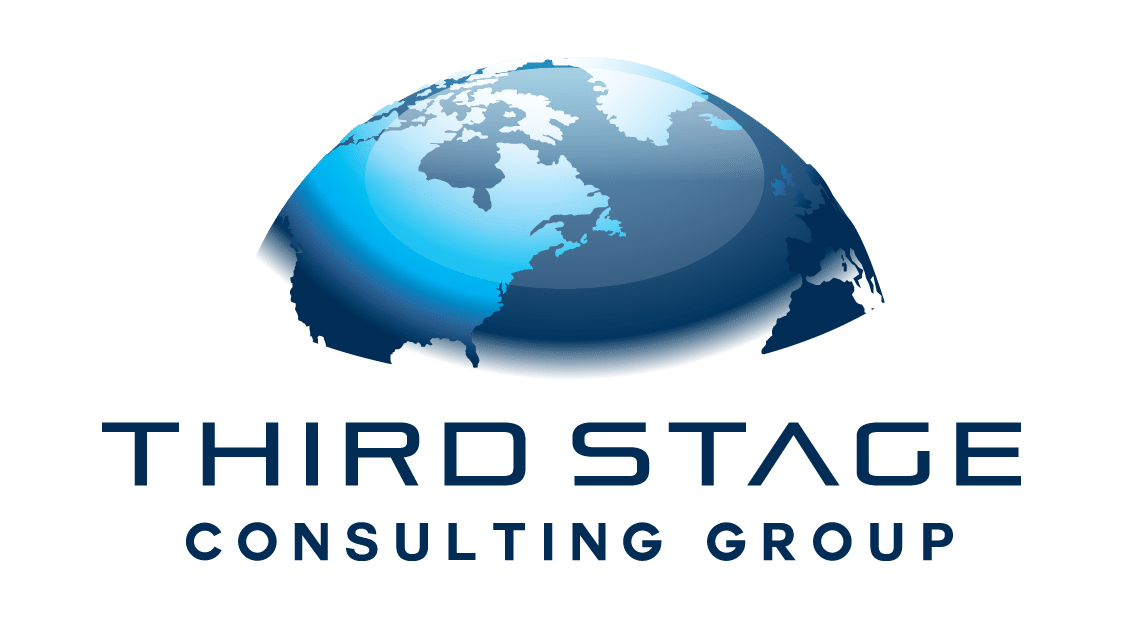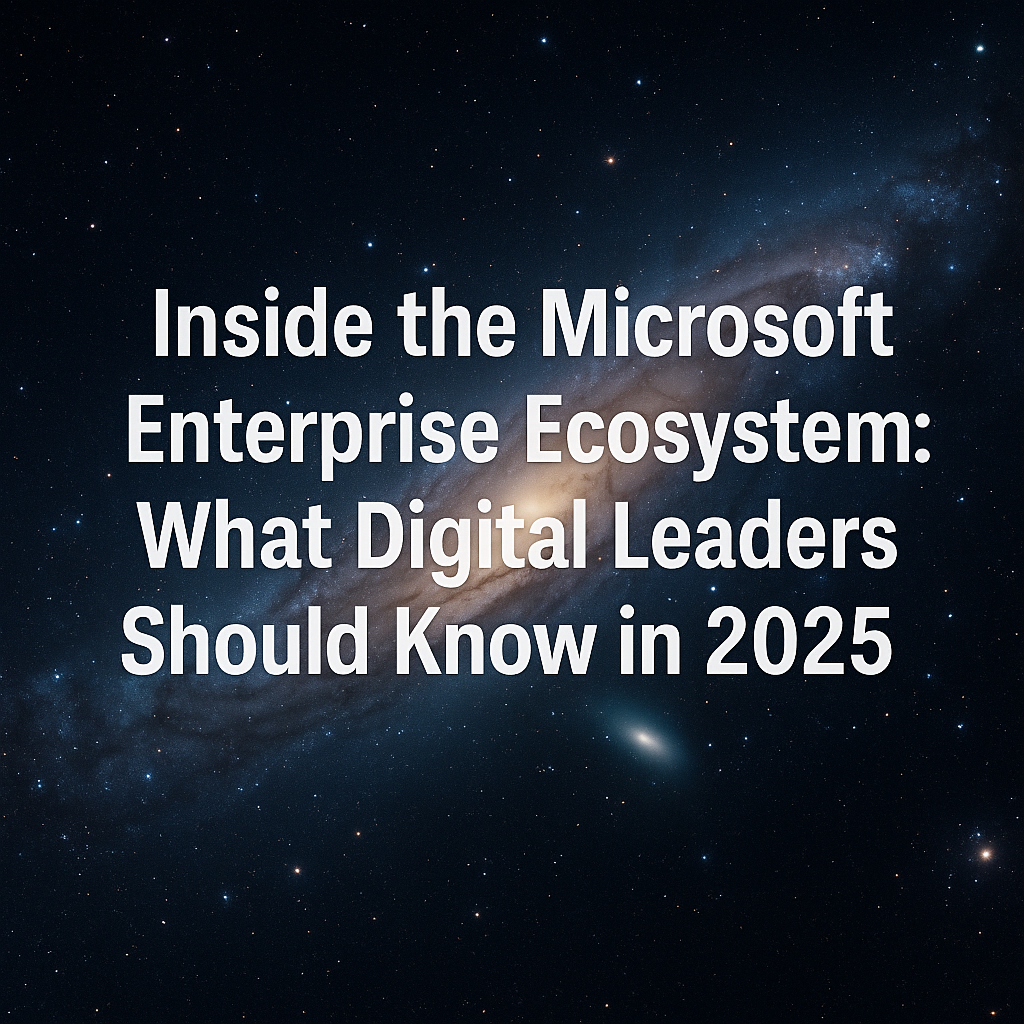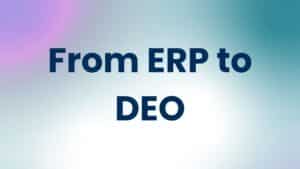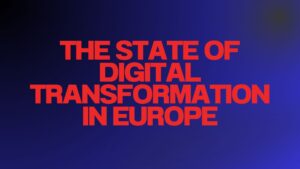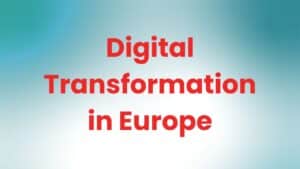Microsoft is reshaping how enterprises think about platforms, AI, and ERP. In this week’s Transformation Ground Control conversation, we unpacked three threads leaders keep asking about: how Microsoft approaches enterprise tech, what their AI research and new in-house models mean for your teams, and what to learn from real-world Dynamics 365 failures. Here’s the distilled playbook.
Table of Contents
Toggle1) Leadership & Governance: Sponsor ≠ Project Leader
One reason transformations wobble early: role confusion.
- Project Sponsor (Executive owner): Sets direction, unblocks funding, owns scope/budget/risk trade-offs, and makes go/no-go calls tied to business outcomes.
- Project Leader/Manager (Execution owner): Drives day-to-day delivery across workstreams (process, tech, data, OCM), keeps plans honest, escalates issues, and ensures execution matches sponsor intent.
Why it matters: Without a strong sponsor, the program drifts. Without a strong project leader, it stalls.
2) The Microsoft Customization Trap (Business Central & beyond)
Microsoft’s superpower is flexibility—Power Platform, low-code, robust partner add-ons. That’s also the risk.
- Because you can doesn’t mean you should. Over-customizing inflates cost, elongates timelines, and complicates upgrades.
- Adopt-first mindset. Start with standard capabilities; earn each deviation with a business case (value > complexity).
- Formal design authority. Create a Change Control Board with business + IT to approve/deny every customization against measurable benefits.
- Guardrails: Time-boxed fit/gap, an “adopt unless” policy, and a living catalog of approved extensions.
Rule of thumb: Customize only where competitive differentiation or regulatory necessity demands it.
3) AI & the Workforce: Automatable vs. Non-Automatable
A recent Microsoft study highlights a shift from “white collar vs. blue collar” to “automatable vs. non-automatable.” Roles heavy in text, analysis, and repetitive knowledge work are more exposed; work requiring physical presence or deep human empathy remains harder to automate.
What leaders should do now
- Upskill in place. Don’t wait for a perfect external talent market. Build internal curricula for Copilot, M365, prompt craft, data ethics, and model literacy.
- Redesign work, not just roles. Break jobs into tasks; automate the repeatable, elevate the judgment-heavy.
- Close the adoption gap. Psychological safety > fear. “Use AI or else” creates performative usage, not productivity.
4) Microsoft’s In-House Models: Optionality for the Enterprise
Microsoft is rolling out its own speech and text models alongside Copilot—aimed at speed, cost control, and fit-for-purpose experiences.
Implications for you
- Portfolio thinking: Expect a menu of models (speech, general-purpose, task-specific). Match workloads to the right model for latency, privacy, and cost.
- Data leverage: Microsoft’s footprint (Office, Teams, Power Apps, Dynamics) is a flywheel—if you have clean governance. Your advantage will come from the quality, lineage, and permissions of your enterprise data, not the model brand alone.
- Partner ecosystem: More opportunities for specialized solutions—just insist on clear boundaries between core ERP, Power Platform extensions, and model-driven experiences.
5) Case Study Lens: When D365 Implementations Fail
Metcash’s publicized D365 issues are a reminder: large ERPs don’t fail because of one bad day—they fail because of a stack of unmitigated risks.
Repeatable lessons
- Business readiness first. Process design, data hygiene, and cutover rehearsal are non-negotiable.
- Phased value beats big bang. Aim for controllable go-lives with measurable business outcomes per wave.
- Test like your revenue depends on it. Because it does: end-to-end scenarios, performance at volume, and real users in real roles.
- Accountability across partners. Demand an integrated plan and a single, named owner for each risk (data, integrations, OCM, cutover, hypercare).
6) Practical Checklist for Microsoft-Led Transformations
Strategy & Operating Model
- Define the future process architecture and where Microsoft fits (D365 F&O/BC, Power Platform, Fabric, etc.).
- Establish a product mindset: backlog, releases, telemetry, adoption KPIs.
Architecture & Data
- Decide your interoperability layer (integration hub + data lakehouse).
- Set data contracts (who owns what fields, quality SLAs, and lineage).
Delivery & Change
- Stand up a Design Authority; enforce the “adopt-first” principle.
- Run pilots for AI use cases inside the tools you already own (Copilot, Power Automate) with clear success metrics.
- Invest in enablement: role-based training + hands-on labs + change champions.
Questions to Ask Your Team This Week
- Which customizations in our backlog truly create competitive advantage—and which are comfort blankets?
- Where can we swap custom code for config + Power Platform without breaking upgradeability?
- What’s our 90-day AI upskilling plan for knowledge workers?
- Which end-to-end scenarios must pass at scale before we green-light go-live?
- Do we have a named executive sponsor making scope/budget decisions—and a project leader empowered to execute?
Keep Going (Vendor-Neutral Resources)
- Guide to Successful Microsoft D365 Implementations – a practical blueprint for governance, phasing, data, testing, and change management.
- Executive Mastermind – a peer network for transformation leaders comparing notes on what actually works.
If you’re navigating Microsoft, AI, and ERP at once—and most leaders are—Third Stage can help you de-risk the path, maximize adoption, and deliver business value without vendor spin. Let’s talk.
